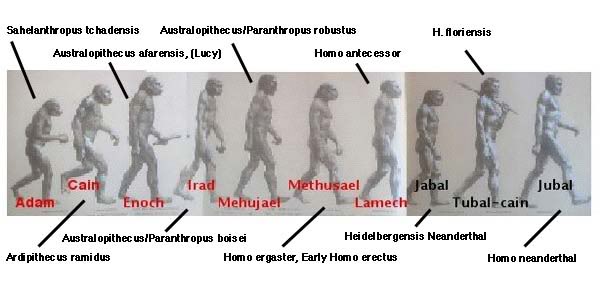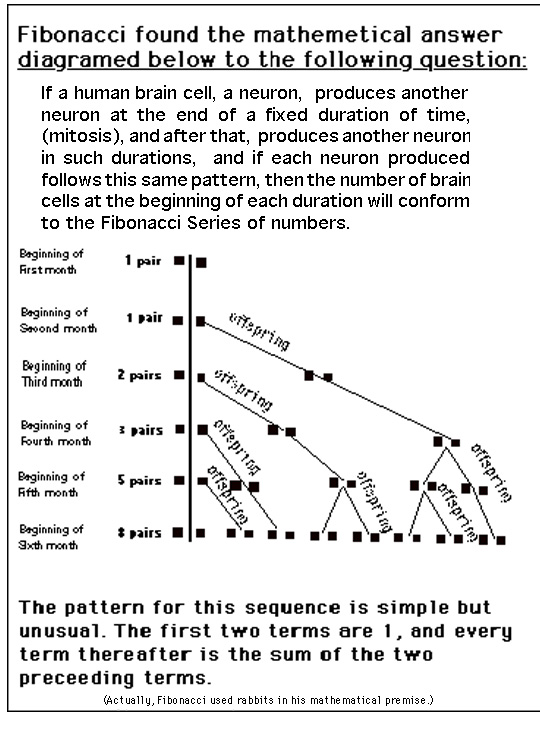Again, if you are evolution's prize representative on the forum, evolution's inability to answer simple questions is demonstrated once more.
As you learned, the numbers are rather clearly caused by genetic information, and the occasional mutation changes them. All natural, as God intended.
As pointed out above, there is definite, distinct, mathematically exact patterning being demonstrated in the plant AND animal kingdoms.
Hox genes show that the patterns change in the process of evolution. Would you like to learn more about it?
Mathematical exactness is contrary to all evolutionary premises.
Sounds interesting. Let's start at the beginning. Show us how Darwin's four basic principles say that mathematical exactness is forbidden. Then we can go on to more recent discoveries.
A random process cannot produce consistent, mathematically exact results.
Darwin's great discovery was that it wasn't random.
Variation is inevitable if evolution is really the process which has produced the angiosperms.
Which is what we see. If you take the Bible literally, no land animal can have more than 14 alleles for any given gene locus (the "clean" ones, with seven pairs on the Ark). And yet we see most gene loci with dozens of alleles. Variation by mutation and natural selection.
The statisticians will tell you that very forcibly.
So will biologists. Lots of variation.
Plants counting in threes (as in the monocots), in fours and fives (as in the dicots).
Except clover, which is a dicot, and only rarely has four leaves, usually with three. Variation. Want to learn about some more?
All mitotic and meiotic divisions producing mathematically exact multiples of the chromosome complement in the parent cell: n X1 in the case of mitosis, and n x 0.5 in the case of meiosis.
Actually, that isn't quite true, either. Something like one human in 150 has a chromosome abnormality.
I call your attention to the fact that these two processes are fundamental to all life. If those multiples were incorrect, then life as we know it could not continue.
Wrong. Often aneuploidy is fatal. But often it is not. Want to learn about some examples?
All creatures have an exact chromosome complement: any variation producing deformity or death.
That's wrong, too. Mammals are rarely polyploid, but horses, for example, have different numbers of chromosomes. Plants are frequently polyploid. There's nothing magic about chromosome number; it just needs to be consistent so the same genes get passed on to each cell.
That is mathematically exact counting
It's just nature. No different than snowflakes having their particular symmetry.
Now it should be obvious that a cell could not have figured out those mathematically exact ratios by itself.
Snowflakes can't either. So it can either be magic or laws of nature.
Mathematical exactness is a death blow for evolution.
The findings of geneticists seem to show it's a requirement for evolution.
But consider also, the fact that the human genome contains approximately 3.9 BILLION bits of information - and every time a cell divides, mitotically or meiotically, that amount of information is copied precisely and exactly.
If we had 3.9 billion chromosomes, that would be a problem, wouldn't it? But we only have 23 pairs. A much more manageable number.
Meiosis re-arranges some of it along the chromosomes - but the AMOUNT of information is static, and copied exactly.
Not exactly. Precisely. We all have copying errors.
This is a pair of processes which cannot have evolved by mutation and natural selection.
Show us that. Sounds like it would be quite easily evolved. But let's look at your evidence.
Such counting precision is beyond the reach of chance, and therefore of evolution.
As you learned, Darwin discovered it wasn't about chance.
It fails to account, again, for another monumental feature of living creatures.
Well, let's see the evidence, just to be sure, um?







